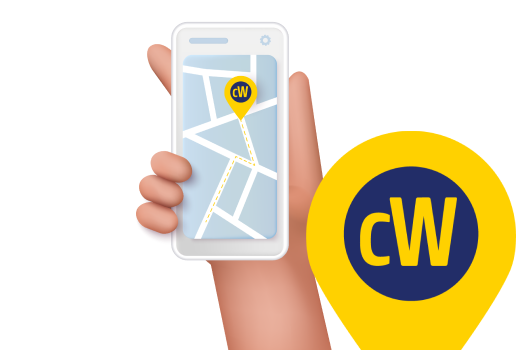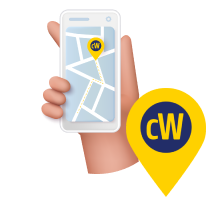
What to Do if Your Child Has a Wart
Whether in school, at home or at play, children spend a lot of time close to one another, often sharing sports equipment, school supplies, towels and—worst of all—germs and viruses. Because warts are caused by an easily transmitted virus, there’s a good chance that one day your child may come to you asking about an odd-looking lump on their finger, hand or bottom of their foot. Don’t worry, because we’re wart experts and we’re going to explain what to do next.
Identifying the Type of Wart on Your Child
Most of us when we hear of warts think of warts found on the hands or feet, but they can be found other places too. If your child has a wart (that is not sexually transmitted), you will want to first identify the type of wart it is. It will most likely be one of the four types of warts below:
- Common warts – These are small, hard lumps with a bumpy surface that look kind of like cauliflower with black specks in it. Common warts are typically grayish or brownish and are found mostly on hands, fingers, elbows and knees.
- Plantar warts – Plantar warts on kids are often found either during bathing or because your child complains that walking hurts. These usually occur on the bottom of the foot, so having a plantar wart can feel like a small pebble is stuck in your shoe.
- Flat warts – The name gives a hint to the appearance—these warts are smooth with flat tops about the size of a sewing pin. They typically appear on the face, especially in kids, but they can appear anywhere and tend to grow in clusters. Flat warts can be pink, light brown, or yellow.
- Filiform warts – Another type of wart that grows on the face, these flesh-colored warts have narrow growths that stick out in a long, finger-like shape. They usually grow on the eyelids, nose, lips or neck.
How to Determine What to Do with Your Child’s Wart
Once you have identified the type of wart your child has, it’s time to decide on a wart treatment. If your child has a wart on their face (flat or filiform wart) or if you’re not sure if the growth is a wart or something else, call your child’s doctor first. Do not try any wart removal treatment near the eyes, nose or mouth that has not been suggested by your child’s doctor.
If your child has diabetes or a condition that weakens their immune system, talk to their doctor before trying any wart removal treatment at home.
If your child is otherwise healthy, you can consider using an at-home wart treatment for kids. Many warts will go away on their own, but it takes a long time. Because warts are contagious, doing nothing—especially with a kid—raises the chance warts may spread to different parts of their body or to other people. If you choose not to use a wart treatment for your child, keep the wart covered with an adhesive bandage or medical tape until it is completely gone.
How to Treat Children’s Warts
Wart treatments for young kids should be formulated specifically for kids. These treatments tend also to be easier to manage, such as Compound W® One Step Strips For Kids. These are fun-to-wear, medicated bandages that treat, cushion, and conceal the wart all in one easy step, similar to putting a bandage over a small wound. Our One Step Strips are waterproof and safe to use on children ages 3 and up.
Do not try to cut, sand off or otherwise remove the wart yourself. We now offer Compound W® Freeze-OffTM for Kids , which is specifically made for kids ages 4 and up. It uses our unique, self-sticking SKIN SHIELD™ disc and AccuFreeze™ wart removal system that targets the wart directly while helping protect healthy skin around the wart from irritation or damage.
Both treatments work on warts on feet and hands. Like any medicine or other wart removal treatment, these products should only be used as directed. Don’t forget to wash your hands thoroughly after applying any wart removal product on your child and to keep the wart covered to prevent spread to other parts of the body or anyone else.


